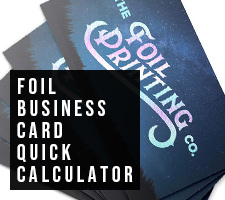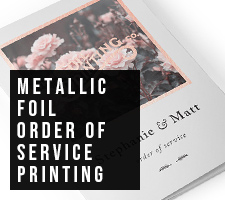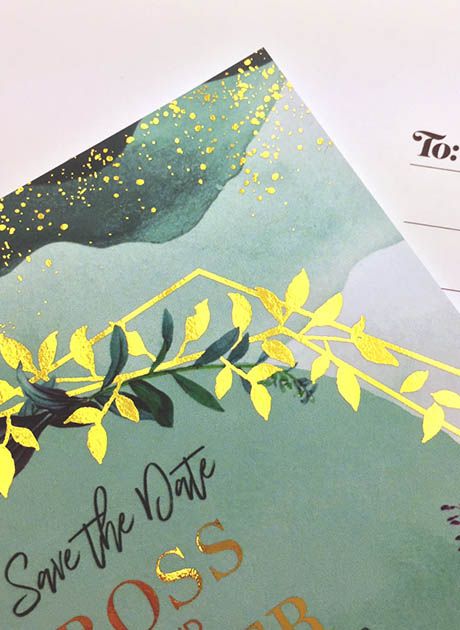When to Send Wedding Invitations
A Quick Guide To Wedding Invitations
Before we look at timing, we should acknowledge that designing, printing and posting wedding invitations doesn’t have to be stressful. (No, honestly. It really doesn’t!)
There’ll be plenty more stress to come as you arrange that big day, and everything that goes along with it… but that’s just how it goes. (I mean, that’s weddings. What can you do.) But at least if we can get those wedding invites taken care of, then that’s one less thing on your checklist – plus it’s a great way to get the ball rolling on your wedding plans!
Big events like weddings can seem nerve-racking at first, but they can also be made ten times easier when you have the right information (and plenty of time) beforehand. So don’t worry; with enough time and careful planning, you’ll be getting hitched without a hitch.
Read on for our full breakdown of how to design great wedding invitations, and when to send them out to your friends and family. (And to all those friends of friends and distant relations you don’t really know that well, but who you wouldn’t mind having at your wedding either.)
So, when to send your wedding invites out. Let’s do this!
The Best Time To Send Out Your Wedding Invites


Formal wedding invitations are usually sent out at least 6 to 8 weeks before the ceremony, but ideally up to 12 weeks in advance. Save-the-date cards are usually sent out 6 to 12 months before the wedding, but if you're planning your ceremony abroad, you may want to go longer on this so that your guests have time to save cash and organise time off work etc.
Generally, with lots of weddings being planned around busy times of the year, and with many wedding venues set in far-off destinations, the more time you can give your guests the better!
If you’re thinking of getting foil-printed wedding invitations created for the big day, then we’d absolutely recommend that you do – and not just because we’re a foil printing company!
Every happy couple we’ve printed for (including members of our own team) have absolutely fallen in love with their foil-printed wedding invites.
Foil printing creates spectacular finished effects that you just can’t achieve with ordinary ink and toner.
When Should You Send Your Wedding Invitations?


While save-the-dates basically say “we’re getting married on this date”, your formal wedding invitations should give people all the essential details of the day itself. This includes the theme of your wedding, a line of text which actually invites the recipients, and the date, time and location of the proceedings.
You'll probably need an exact head count for the sake of seating arrangements and caterers; if so then you may want to include an RSVP date on your invitation to get your final numbers for the wedding itself. Set your RSVP date two or three weeks before the wedding date itself, and you'll give the venue and its staff plenty of advanced notice as to your exact number of guests.
Your wedding invitation is also an opportunity to tell people whether you’d like to invite them to the wedding ceremony itself, or whether they’re exclusively a guest for your reception/celebration. It’s common to create two slightly different versions of your wedding invitation to cover this distinction, perhaps with one arrival time for ceremony guests and a different arrival time for your reception guests. Providing just one time on each wedding invitation, and having two versions of your invitation printed, can help to avoid any confusion about who should turn up and when.
Send your formal wedding invitations several weeks before the wedding; 10 to 12 weeks should be ideal. However, if there’s anything out of the ordinary about your wedding – like if it’s taking place thousands of miles away – then you may want to give even more notice to your guests who’ll need to make travel arrangements and book accommodation in order to attend.




Wedding Invitation Design
On your formal wedding invitation, you’ll want to start with your names in quite large foil print, followed by a formal line of text which actually invites the recipients to attend. “John and Jane joyfully request the honour of your presence for their wedding celebration”, for example.
Beneath this text, you could also mention any arrangements for the meal and entertainment included in your reception, using “Dinner and live music to follow”, for example.
Next, include the time of your wedding ceremony for the guests who are invited to attend it. For guests who are exclusively invited to the reception afterwards, you may want to have that second version of your invite printed with a different starting time, just to keep things simple and avoid any confusion. (For example, you could use “2PM CEREMONY” on one version, and “5:30PM RECEPTION” on the other version.)
Following that, include your wedding date directly beneath the time, followed by the specific address of the relevant venue/s.
End the invitation with any details of where people can find more information, (like a wedding website), and maybe a custom monogram of your combined initials – or even a full-page design to fill up the rest of your wedding invitation card, and to tailor it specifically to you.
We look Forward to Being Part of Your Celebration
We hope this article proves useful for your upcoming celebration – but if there’s anything else you’d like to know about creating wedding invitations, please feel free to contact our customer services. We’d love to help you create the perfect invites for your perfect day!
We can also send you a sample pack of our foil printing options, if you’d like to see (and feel) the quality of our print work for yourself.
Good luck with your wedding arrangements – and congratulations from us!

 USA
USA FR
FR























